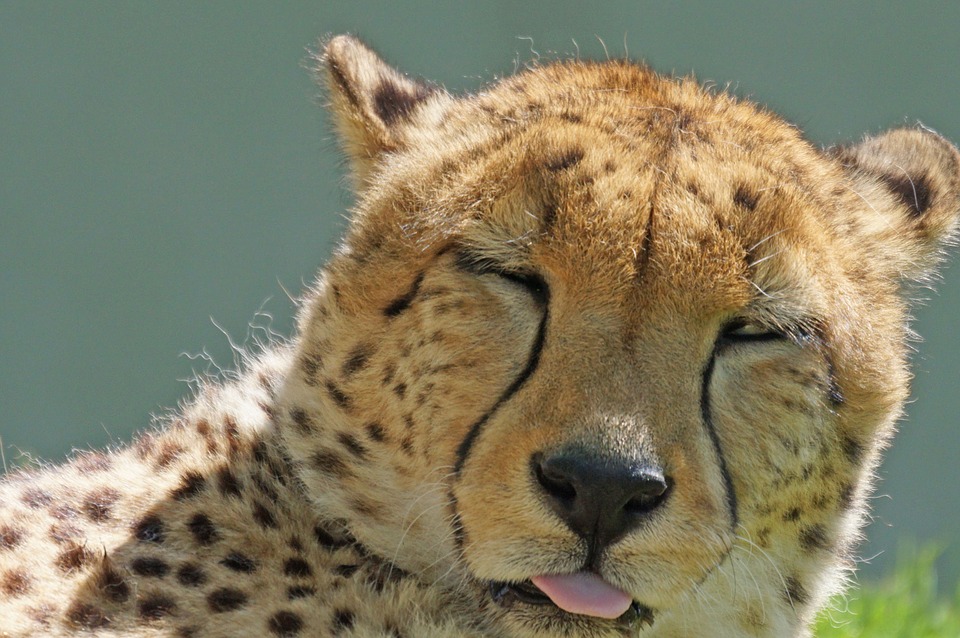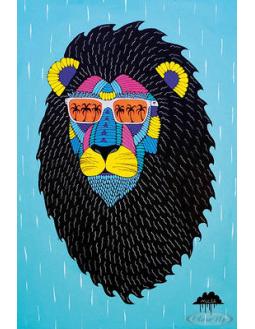Cats – beautiful and gentle pets with a sense of fortitude and elegance, longing to be comforted by their owners. The perfect animal companion, one would assume. But what if one has acquired a rather…exotic taste?
Back in the 50’s and 60’s, both periods of post-war economic success, a strange custom began to emerge, in which the possession of an even more elegant but rather savage animal was en vogue: from ocelot to cheetah, a wildcat was a must-have for the high society living in Europe’s metropolises, especially in London or Paris, as can be seen for instance in the example of proud ocelot owner Salvador Dali. But sadly, as the number of unforeseen accidents increased, drastic measures needed to be taken in order to prevent any further tragedies from occurring. Eventually, wildcats would be outlawed.
But surprisingly enough, the ownership of those proud animals is not only limited to the past, as we see a new trend of owning wildcats emerging in the Gulf States, even though the possession of those is officially outlawed there as well. That is by no means considered an obstacle for young and wealthy Arabian men, who cage everything awe inspiring in an attempt to improve their own social status and for the sole purpose of showing off. A practice, which critics consider as animal cruelty.
But not only ocelots and cheetahs are held by those “caring” but rather clueless owners, but servals and caracals as well; animals that might get used to human contact but prove resilient against any attempt of trying to tame them.
You might now wonder if there is a safer but just as exotic alternative to endangering your whole family and friends by literally owning a freaking tiger. And there is! Worry no more, for now you are able to impress your artsy Dadaistic entourage through the possession of a Bengal, a leopard-colored, intelligent and tame cat. That is of course if you consider regular cats to be tame as well.





